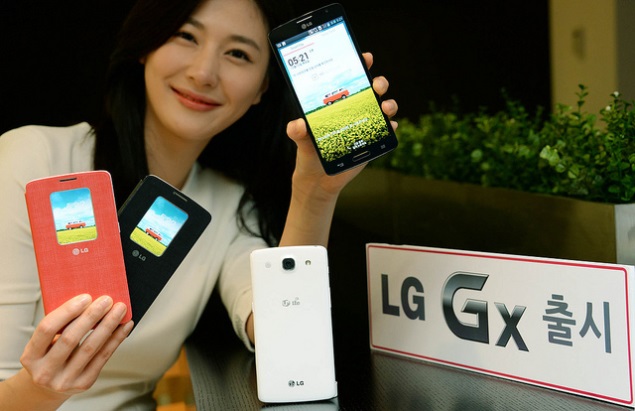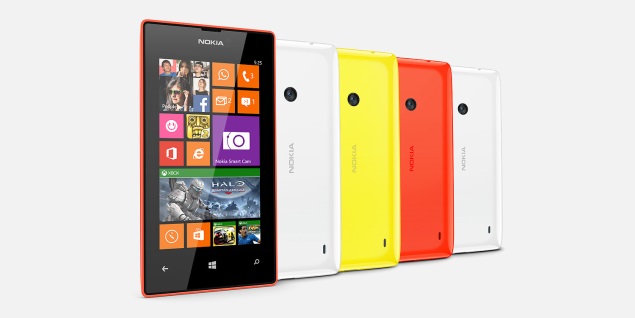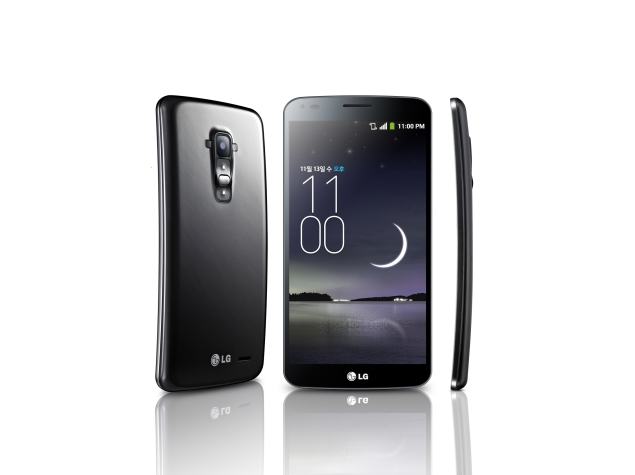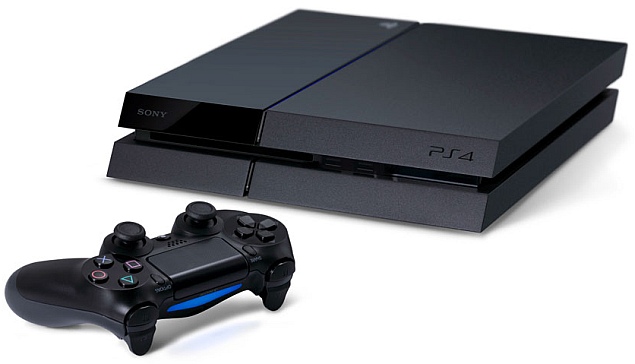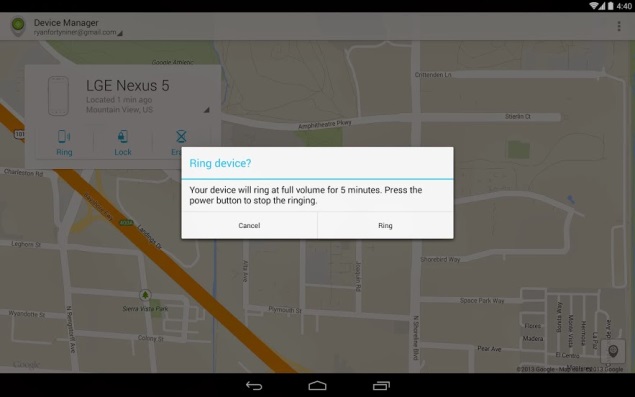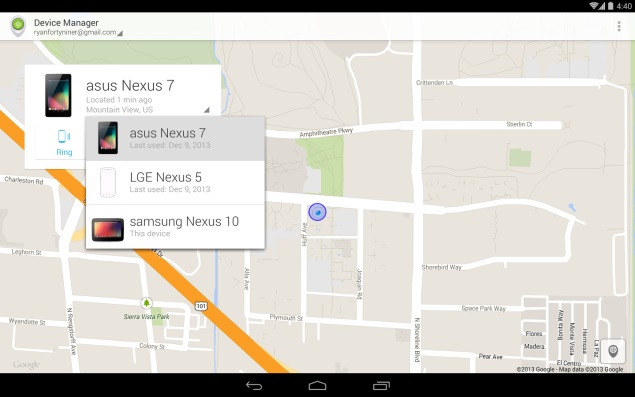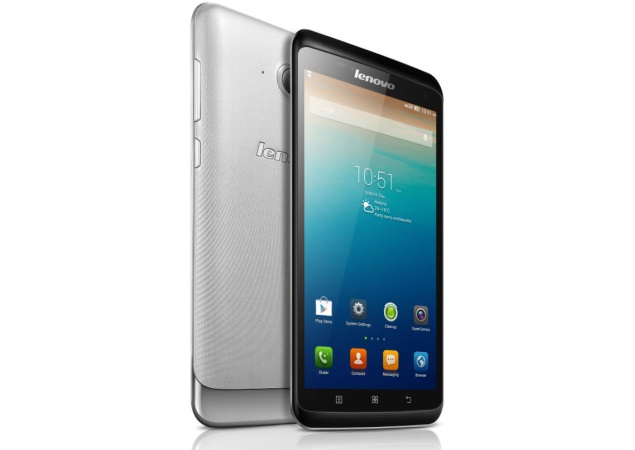Apple has grown too big for just one iPhone.
That is why Apple is releasing two new iPhones this month instead of just one, including a cheaper model aimed at less wealthy countries where new Apple phones have been desired but are out of reach because of their price.
The lower-cost model, the iPhone 5c (the C for color), comes in a plastic case and has the same features as the now-outdated iPhone 5. The fancier model, the iPhone 5s, comes in aluminum and includes a faster processor and a fingerprint sensor for security, among other features. The iPhone 5s costs $200 with a contract, and the iPhone 5c costs $100 with a contract.
But at full price without a contract, which is how many overseas carriers allow people to pay for phones, the iPhone 5c costs $550 - only $100 less than the iPhone 5s. That is far higher than the range of $300 to $400 that many analysts believed could help Apple against lower-cost competition.
"I thought the 5c could come in at a lower price point to really drive more unit sales," said Michael Walkley, a technology analyst for Canaccord Genuity, an investment bank.
Both iPhones will be available in the United States, Japan and China and other countries Sept. 20. Apple announced a partnership with NTT Docomo of Japan but not a highly anticipated partnership with China Mobile, the biggest carrier in China. It will be the first time that Apple has been able to release its phones at the same time globally.
Investor reaction to the new iPhones was muted. Apple's stock price finished down 2.3 percent Tuesday.
The new iPhones represent a shift in strategy for Apple.
For years, Apple has offered multiple flavors of each of its products other than the iPhone. It offers many Mac notebooks, multiple desktop computers, several iPods and two sizes of iPads.
Timothy D. Cook, Apple's chief executive, recently said that each iPod model had a reason to exist, like the iPod Mini, a tiny device that did not have much storage. It turned in surprisingly strong sales, attracting athletes and people who listened to music occasionally. The classic iPod, with more storage, eventually shifted to become a music player for hard-core audio fans who wanted all their albums on one device.
"The Mini proved that people want something lighter, thinner, smaller," Cook said at a technology business conference in May. "My only point is that these products all served a different person, a different type, a different need."
Clearly, Apple thinks there is a reason for a cheaper iPhone. With Apple's profit growth slowing, and smartphone sales surging in countries like China, India and Russia, the cheaper iPhone is meant for what analysts call "aspirational consumers" in those countries - the top 10 to 20 percent who are slightly uncomfortable about spending more money on a fancy brand but might be convinced at the right price.
Apple especially hopes to be big in China, now the largest smartphone market, where the company is being beat by Chinese manufacturers of low-cost smartphones running Google's Android software system. Sales of Apple products in China were down 4 percent in the second quarter compared to the same period last year.
Apple was careful to not make the iPhone 5c sound cheap. It emphasized that many key parts were made of a high-quality polycarbonate material, and underneath the plastic is steel reinforcement. Apple added networking parts that make the phone compatible with global cellular networks.
"When you pick up and hold the iPhone 5c for the first time, you're going to be blown away by the quality of it, and how rich and rigid it feels in your hand," Philip W. Schiller, Apple's senior vice president for worldwide marketing, said to a full house of about 300 members of the media in the company's Silicon Valley headquarters.
Apple also scheduled satellite events in Tokyo, Berlin and Beijing, where it rebroadcast the product event for journalists.
The more expensive phone, the iPhone 5s, will be the first Apple device to feature a faster processor called A7. It also includes a chip called M7, a processor dedicated to sensors that detect movements, which will enable the iPhone to support smarter health and fitness apps. The iPhone 5s comes in three metallic colors: silver, gold and dark gray.
The iPhone 5s's fingerprint scanner, located on the button below the screen, is the newest feature. The phone's main button is made of a sapphire crystal on the outside, with a steel detection ring and a the fingerprint sensor underneath. An iPhone owner can simply touch the button to bypass the phone's lock screen. The fingerprint scanner can also be used to buy apps.
Other new features of the iPhone 5s include improved battery life of 10 hours talk time or 250 hours on standby. It also has an improved camera.
Along with the new iPhones, Apple announced that a major upgrade for its mobile software system would be available Sept. 18. The software, iOS 7, introduces thin typography and more vibrant colors. It removes textures that made some apps mimic real-life objects in the previous operating system - the leather in the Calendar app is gone, and the shelves in the iBookstore app are no longer wood grain.
Some investors have worried that Apple has lost its ability to innovate since the death of the visionary Steven P. Jobs, and the new iPhones' addition of colors and a fingerprint sensor might not persuade them otherwise.
But Laurence Isaac Balter, the chief market strategist for Oracle Investment Research, which has clients that own Apple shares, said he thought the iPhone 5c was just a stopgap for Apple so that it could take in more sales while it worked on more compelling products, like a television and a connected wristwatch.
"We need to let Apple go after their market share and then bring in innovation for the next wave," Balter said.
Even though the iPhone 5c came in at a higher price than expected, Walkley of Canaccord Genuity said Apple was still in a strong position going into the holiday quarter. Many consumers seem excited about the fingerprint technology of the iPhone 5s, and Apple's new partnership with NTT Docomo, the No. 1 carrier in Japan, should drive up sales, he said.
The addition of a cheaper iPhone raises the question of whether Apple will introduce a third model. The company has reportedly been experimenting with an iPhone with a larger screen, similar to the bigger smartphones offered by its main rival, Samsung Electronics.
Milton Pedraza, chief executive of the Luxury Institute, a research firm, encouraged Apple to take that route and market a bigger iPhone as a higher-end model. A big-screen iPhone could cater to Apple's older, wealthier customers, and it would protect the company's status as a luxury brand.
"Lots of people need a bigger screen," Pedraza said. "Their vision is going, and their fingers are not as dexterous. Duh."
